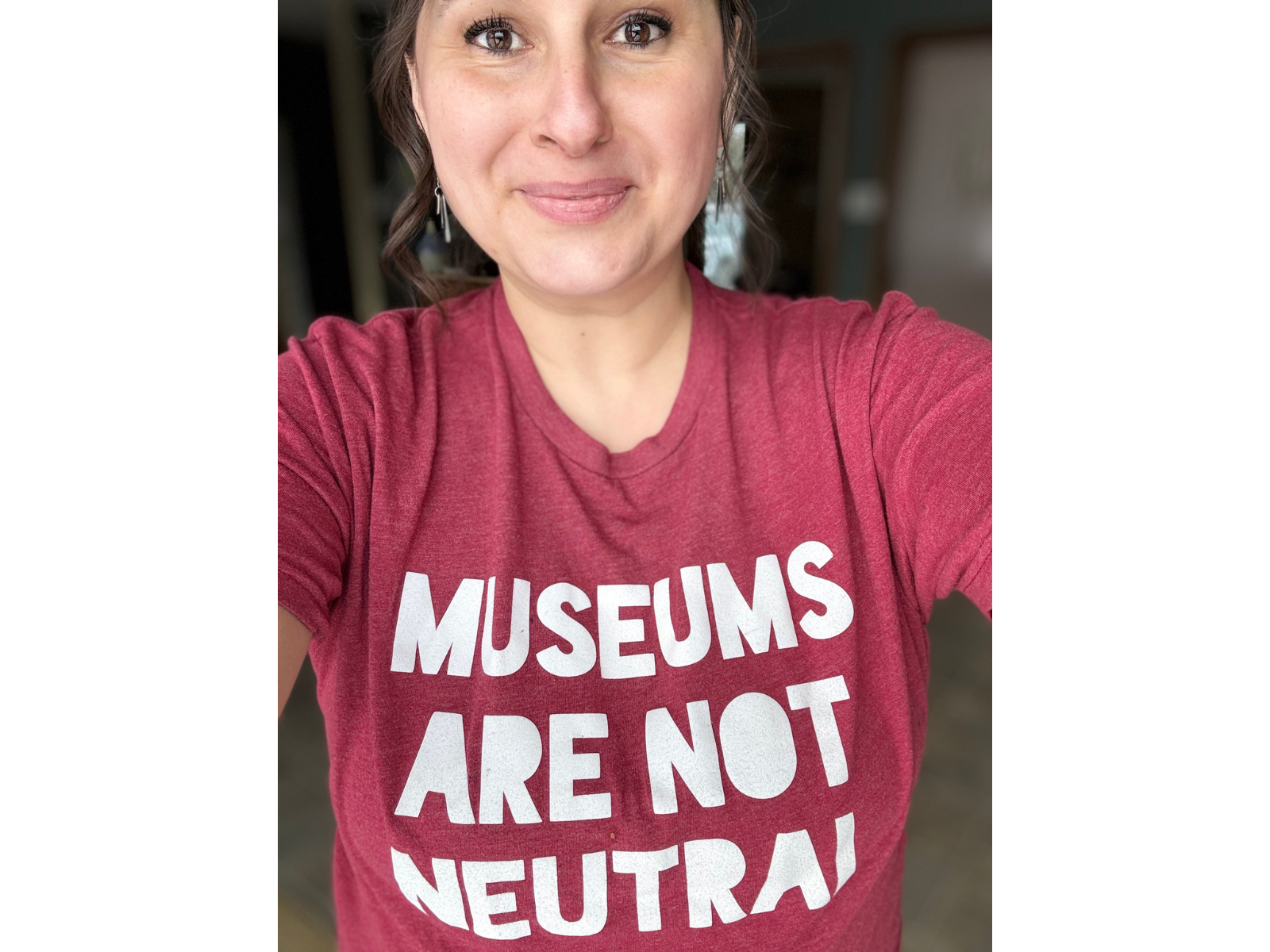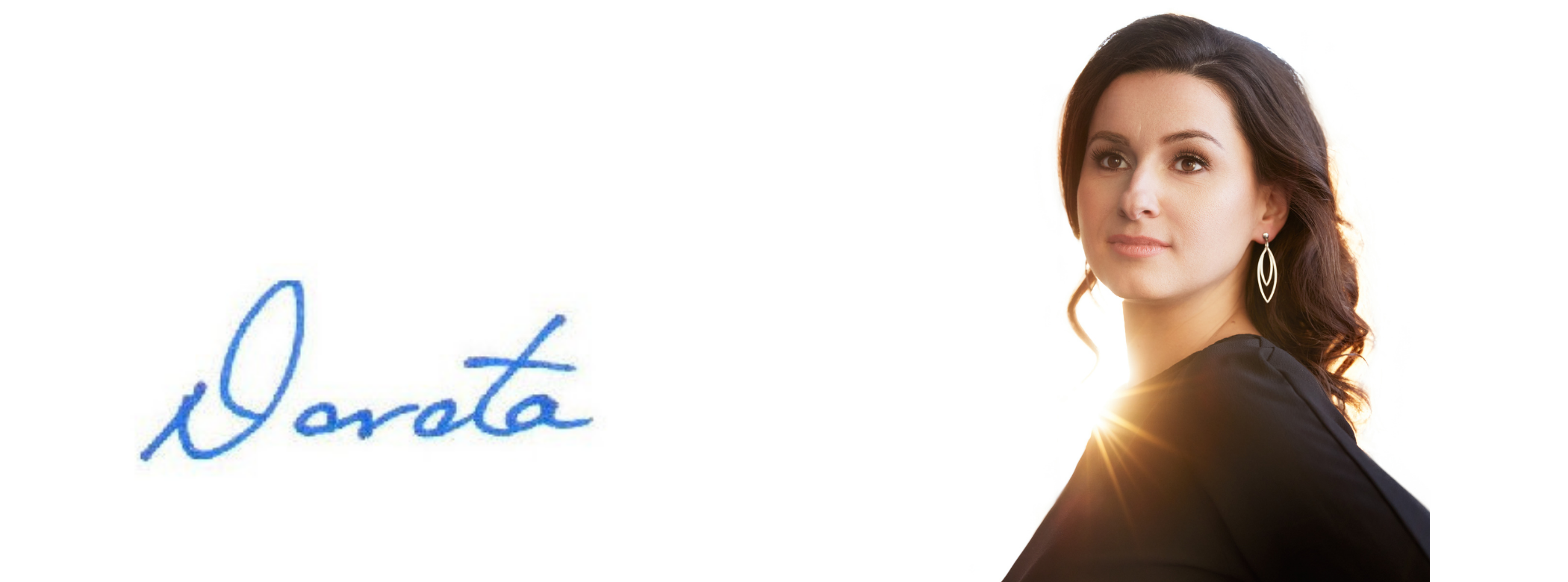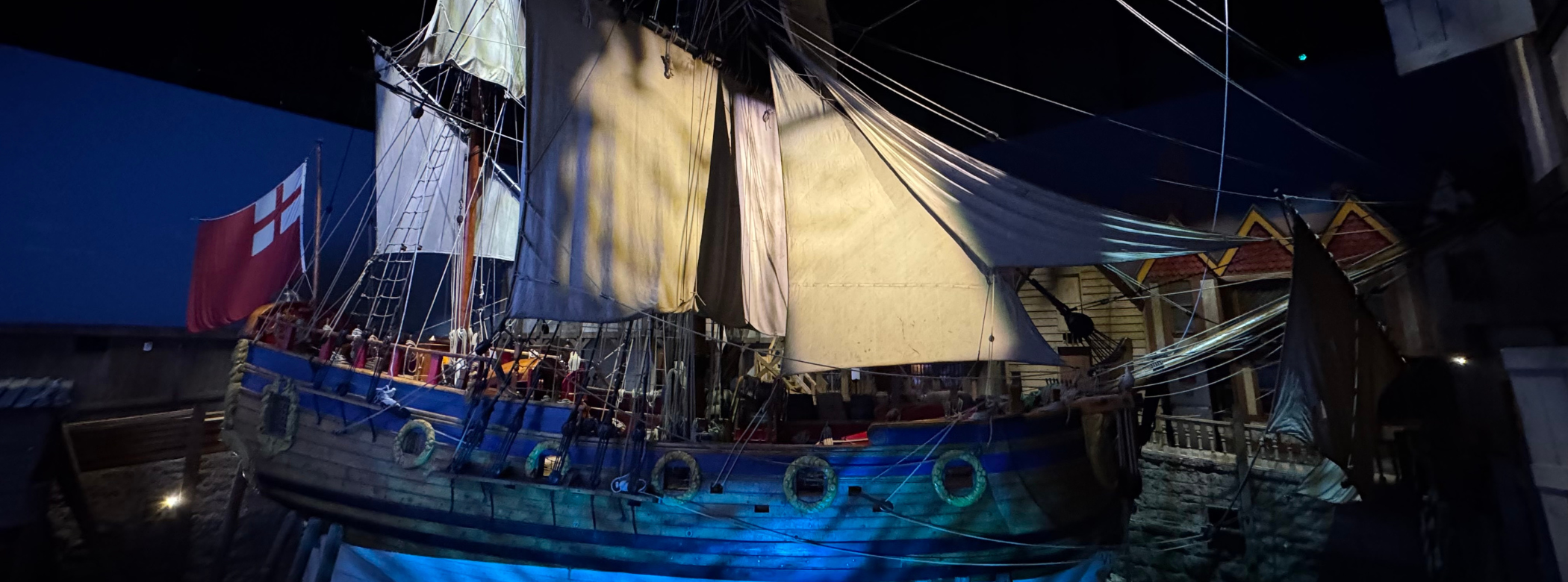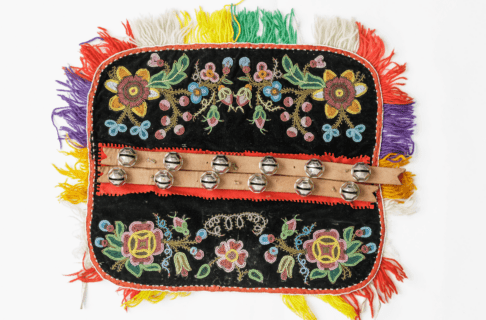Posted on: Saturday May 3, 2025
Wow, it’s been four years. I can hardly believe how quickly the time has passed. Stepping into the CEO role at the Manitoba Museum was and continues to be one of the most incredible privileges of my life. As I reflect on my journey, I am filled with gratitude—not only for the opportunity to lead but also for the lessons, challenges, and joys that come with it. Leading in the museum field is especially meaningful, as it demands a deep engagement with history, community, and the future.
The Power of Continued Learning
Anyone who has changed roles or employers mid-career appreciates the importance of being a lifelong learner. While experience provides a foundation, leadership is never static, and new spaces demand we get comfortable with not having all the answers. Every decision, every challenge, and every collaboration offers a chance to grow. I have come to appreciate and enjoy that learning is not a phase or chapter but a lifelong commitment; it’s part of the entire story. Here, I’ve been given the chance to expand my understanding of museum best practices, how museums can be allies in Truth and Reconciliation, how places of history can and must be places of justice. The Manitoba Museum has refined my ability to navigate change, has called on my courage time and again, and has forced me out of ideas and knowledge I felt comfortable in. I can’t fully express how grateful I am for the ways this role has changed me. Since day one, and often still today, I don’t have many of the answers but I’ve learned to ask thoughtful, curious, open-ended questions, inviting new perspectives, and being willing to evolve.
The Joy of Thoughtful and Dedicated Colleagues
Leadership is never a solo endeavour. I am profoundly fortunate to be surrounded by passionate, talented colleagues who share a commitment to the Manitoba Museum’s mission. Their dedication to preserving and sharing history, engaging with visitors from near and far, and ensuring our institution’s future is inspiring. In a world that feels ever more chaotic and fragmented, working alongside individuals who care deeply about their work is both grounding and invigorating. The collaborative spirit, the exchange of ideas, and the shared excitement for new projects make every day meaningful.
Loving Where You Work While Working to Change It
One of the more complex aspects of leadership is balancing a deep love for an institution with a recognition that change is necessary. Museums are places of tradition, yet they must also be places of transformation. As much as I respect the history and legacy of our museum, I also see areas where we must evolve—to be more inclusive, more accessible, more reflective of the diverse stories that make up our shared past. Loving a place means wanting the best for it, even when that means advocating for difficult but necessary shifts. Growth and progress are acts of care, and it is through change that institutions remain relevant and vital.
Museums as Vital Spaces in Our Lives
The longer I work in this field, the more I appreciate how essential museums are to our collective well-being. Museums are not just repositories of objects; they are spaces where communities gather, where histories are honoured, and where learning happens in profound and unexpected ways. They challenge us to think critically, to feel deeply, and to connect with perspectives beyond our own. At their best, museums are catalysts for conversation, empathy, and action. In an era where misinformation and polarization can cloud understanding, museums offer a space for nuanced exploration of the past and its implications for the present and future.
A Brave and Deliberate Relationship with the Past

Working in a museum has reinforced for me the importance of engaging with history not just as a record of what was, but as a guide for what could be. History teaches us what must never be allowed to happen again. In our relationship with the past, the Manitoba Museum is not neutral, meaning, we are not mere observers. We work to acknowledge our shared failings, sit in the discomfort of contemporary injustice, and seek to have a nuanced dialogue with the all too-familiar present we find ourselves in. The past is full of complexities, triumphs, and wrongs. To truly honour history, we must be willing to look at it unflinchingly, to confront uncomfortable truths, and to amplify voices that have too often been silenced. This is not always an easy task, but it is a necessary one. When we engage with history bravely and deliberately, we uncover lessons that help us navigate today’s challenges with greater wisdom, resilience, and compassion.
Moving Forward with Gratitude
As I continue on this leadership journey, I carry with me a deep appreciation for the experiences that have shaped me, the people who inspire me, and the mission that guides me. Leadership is not just about directing change—it is about nurturing a culture where curiosity, courage, and collaboration thrive. It is about ensuring that museums continue to be places where history illuminates the present and inspires a better future.
I am grateful for the chance to do this work, for the colleagues who walk this path with me, and for the ever-evolving lessons that come with leading in a space so vital to our collective story. The challenges are many, but the rewards—the opportunity to shape a meaningful, inclusive, and forward-thinking institution—are immeasurable. For that, I am truly thankful.

Dorota Blumczyńska
Manitoba Museum CEO






